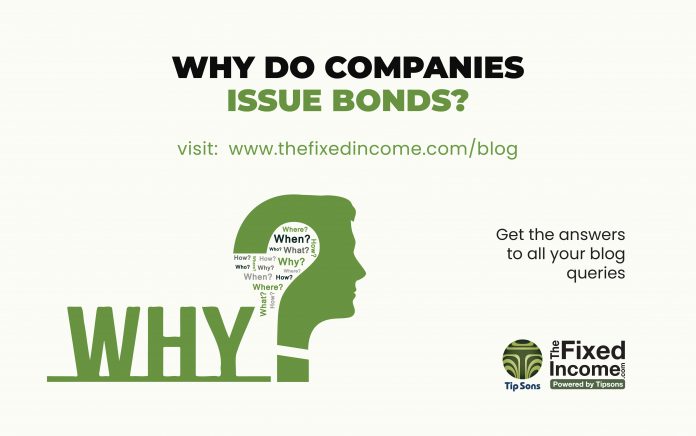Every corporation requires money to fund an acquisition, seek and produce a new product, or explore new markets. Some can do it without borrowing money to finance their efforts, while some have the opportunity to raise their capital through bond issuing. A benefit of issuing bonds is that the corporation does not give away ownership interests. Stocks change ownership when a corporation sells them, but bonds do not.
It is not uncommon for corporations to generate revenue through securities or bonds, with the issue of bonds creating debt between a company and its investors. There are particular reasons why bond issues are preferable to issuing shares or securities:
- Bonds provide an organization with means of raising money by avoiding the reduction on the existing stock of shareholders.
- At the time of issue, conditions under which bonds are to be paid back are locked up in the bond contract, so there is no doubt regarding the payment at maturation. This simplifies the plan for bond redemption for the business treasury.
- Bond volatility (incredibly short and moderate bonds) is lower than equity fluctuation (stocks). Bonds are therefore typically seen as safer than equities.
- Interest payable on corporate bonds is tax-deductible, decreasing the corporation’s taxable income and reducing its tax burden. This cannot be done if equity is issued and dividends are paid from the company’s after-tax net earnings.
Additionally, bonds may be convertible; a corporation can include a provision allowing bondholders to convert their bonds into equity shares. Usually, the bondholders will accept lower coupon payments if they can convert the bonds into equity, and the corporation could, therefore, decrease the cost of the bonds. The most significant advantage of issuing bonds is taxation: bonds are deductible from the corporation’s taxes, so their interest payments can be deducted.
Benefits of Bonds
The sale of stocks to raise equity dilutes current shareholders’ ownership. This difficulty is avoided by obtaining money by issuing bonds. The issuance of bonds offers owners additional benefits. All ensuing earnings, less interest payable on the bonds, are transferred to shareholders when the money given by the bonds is made operational. The equivalent effect would be to borrow money from a bank, but bonds benefit bank funding.
Furthermore, banks write limitations on loan agreements. When an enterprise issues bonds, the enterprise writes the regulations. The consequence is adaptability and personal autonomy in issuing bonds for an organization.
The equity market
Shares fall under the category of equity finance; this includes ordinary and preferred shares as well as rights issues and other capital-raising methods used in the equity markets.
In exchange for capital, shareholders receive shares representing a share of ownership in the company. As opposed to debt financing, equity capital does not require repayment.
On the downside, raising capital through equity means that shareholders become owners of the business and demand a share of its profits in return. While shareholders generally don’t place restrictions on the day-to-day operations of a large corporation, a rise in shareholder activism has made investors more influential in company decisions.
Adding more equity to the offering can dilute the shares being offered if a company needs more capital. Consequently, this can negatively affect share prices and have a negative effect on metrics such as earnings per share that many investors use for comparing equity investment opportunities.
Corporate bonds, meanwhile, allow companies to issue new bonds without affecting the ownership or voting rights of the corporation.
How Are Bonds Issued?
The number of bonds, the total face value, and the statutory interest rate is to be declared allowable in the context of the issue of the Board.
The value of the face amount is the principal value paid on the expiry date by the issuer. The statutory rate is a bond based on a certificate metric.
A bond indenture document is produced when bonds are issued.
This document states:
The parameters of bond issuance
A statement of the bondholders’ and trustees’ entitlements
The issuing company’s responsibilities Also, after the bond indenture is finalized, the corporation should produce the bond certificates.
In the end, corporations frequently raise debt money and financing. Bank loans are one form of debt, but big businesses often turn to finance bonds. Bonds are an IOU, by which the organization provides the bond to a purchaser; commits to make interest and principal payments.






















